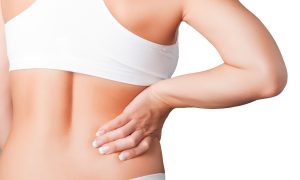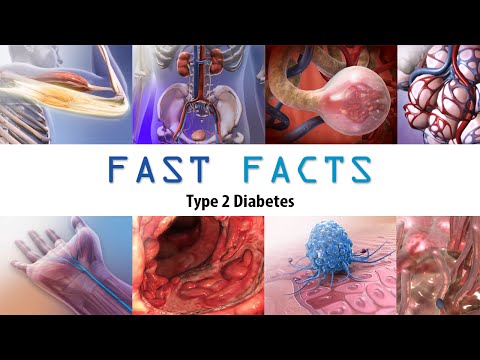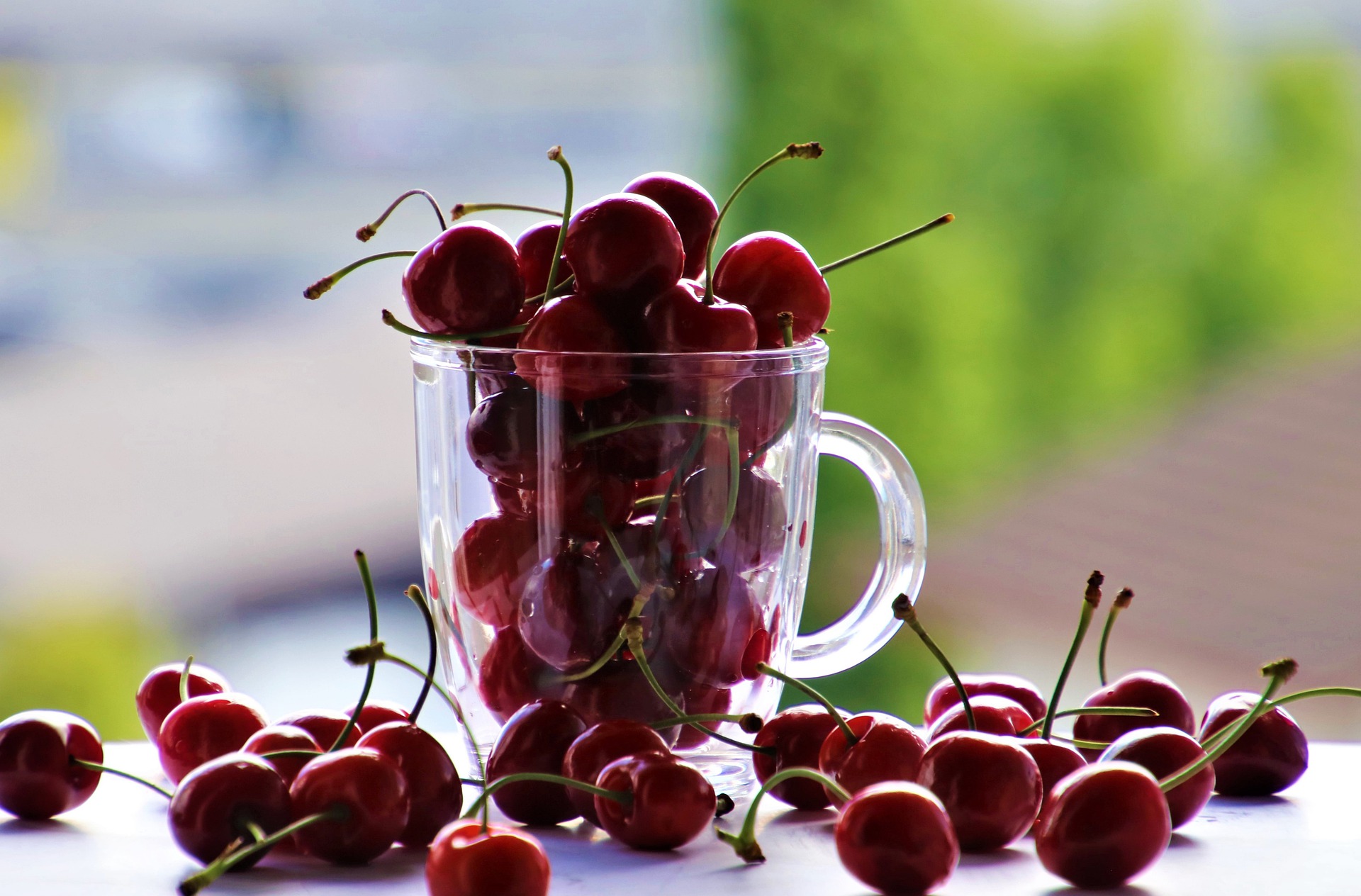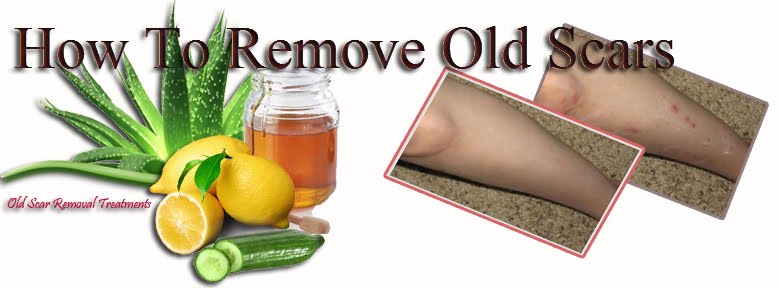Along with exercise, diet plays a huge part in managing high blood pressure (hypertension). Hypertension becomes more prevalent as you get older in part due to age-related decline in kidney function (kidneys become less efficient at regulating sodium). Consequently, seniors can become more sensitive to sodium levels in the blood which leads to fluid retention and puts additional strain on the blood vessels thus increasing blood pressure (BP).

What is The DASH Diet?
Hypertension affects around 66% of people aged 65 years and older and according to the Framingham Heart Study, 90% of adults who do not suffer from high blood pressure at age 55 can develop the condition later on. You can refer to this blood pressure chart for more information on the latest blood pressure guidelines set by the American Heart Association.
Why Diet Is Important
Nonpharmacologic approaches to control hypertension largely involve lifestyle changes to diet and exercise. In addition to staying active and keeping off excess weight with exercise, eating foods with nutrients that promote good blood vessel health can help you maintain a healthy BP.
The DASH Diet (Dietary Approaches to Stop Hypertension)
The DASH diet is the most doctor-recommended diet for hypertension. It essentially involves consuming more fruits, vegetables, fish, poultry, whole grains, low-fat dairy, and nuts and cutting back on anything that’s high in cholesterol, trans fat, and saturated fat. Although you shouldn’t completely eliminate red meat, sodium, and sweets, you do have to limit them. This diet is all about getting the important nutrients with the recommended portion size.
The DASH-Sodium Diet
With the DASH diet, you pay particular attention to your sodium intake and aim to consume no more than 2,300 milligrams/day (1 teaspoon), with an even lower 1,500 milligrams/day (0.75 teaspoons) goal having shown greater effectiveness in lowering blood pressure as well. However, you want to lower sodium consumption gradually to give your body ample time to adjust and to prevent complications like hyponatremia wherein there’s a very low sodium level in the blood.
Important Tips To Keep In Mind
- Read food labels so you can choose which foods have lower sodium content (those with 5% or less are preferable).
- Track what you eat by listing down every food you consume along with the serving size. This will make it easier to ‘cut back’ on the portions.
- Although canned fruits are generally okay, check whether the manufacturers have put additional sugar in or not.
- Add a serving of fruits and vegetables to every meal and try to limit your meat to only six ounces/day.
- Skip salt when cooking pasta or cereal. Keep in mind that one teaspoon of table salt already contains 2,325 mg of sodium.
- For snacks, go for fruits, fat-free yogurt, or unsalted nuts.
- Avoid fast foods or canned goods because these are usually laden with fat and sodium.
- Be mindful of how the food was prepared and avoid frying as much as possible. You can broil, poach, or roast your food instead.
- Not everyone has the same caloric needs and that is why you will need your doctor’s help in determining how many calories you need on a daily basis.
- Supplement your diet with exercise. Even low-impact exercises like yoga, tai chi, dancing, and swimming can make a difference.
Sample Plan For a 2,000-calorie Diet
- Grains (6-8 servings/day): ½ cup cooked rice or 1 slice of whole wheat bread (no added butter or cheese)
- Fruits (4-5 servings/day): ½ cup fresh fruit or 1 medium-size fruit
- Vegetables (4-5 servings/day): ½ cup raw or cooked vegetables or 1 cup raw leafy vegetable
- Dairy (2-3 servings/day): 1 cup skim milk or 1 cup low-fat yogurt
- Poultry, fish, or lean meat (no more than 6 servings per day): You can eat salmon or tuna or if you want skinless chicken, bake or grill it instead of frying it. Also, it should not exceed six ounces per day.
- Nuts, legumes, and seeds (4-5 servings per week): ⅓ cup nuts or ½ cup cooked beans
- Fats and oils (2-3 servings/day): 1 teaspoon margarine or 2 tablespoons salad dressing
- Sugary food or drinks (no more than 5 servings per week): 1 cup lemonade or ½ cup sorbet
What are the foods you need to avoid?
- Deli meats
- Canned soup
- Condiments
- Processed foods like bacon and ham
- Popcorn and potato chips
- Carbonated drinks
- Pizza
You probably have a clear idea of what to avoid and what to incorporate into your diet but the one thing you’re most likely confused about is the serving size. The DASH diet has been proven effective and if you need some guidance on how to maximize its effectiveness, consult with your physician or dietitian.
Sources:
Lionakis, N., Mendrinos, D., Sanidas, E., Favatas, G., & Georgopoulou, M. (2012). Hypertension in the elderly. World Journal of Cardiology, 4(5), 135–147. http://doi.org/10.4330/wjc.v4.i5.135
National Heart, Lung, and Blood Institute. DASH Eating Plan. https://www.nhlbi.nih.gov/health-topics/dash-eating-plan








Pingback: 6 Weight Loss Treatment You Should Totally Avoid
Pingback: Lower Cholesterol Naturally: Top Foods to Add to Your Diet 2025